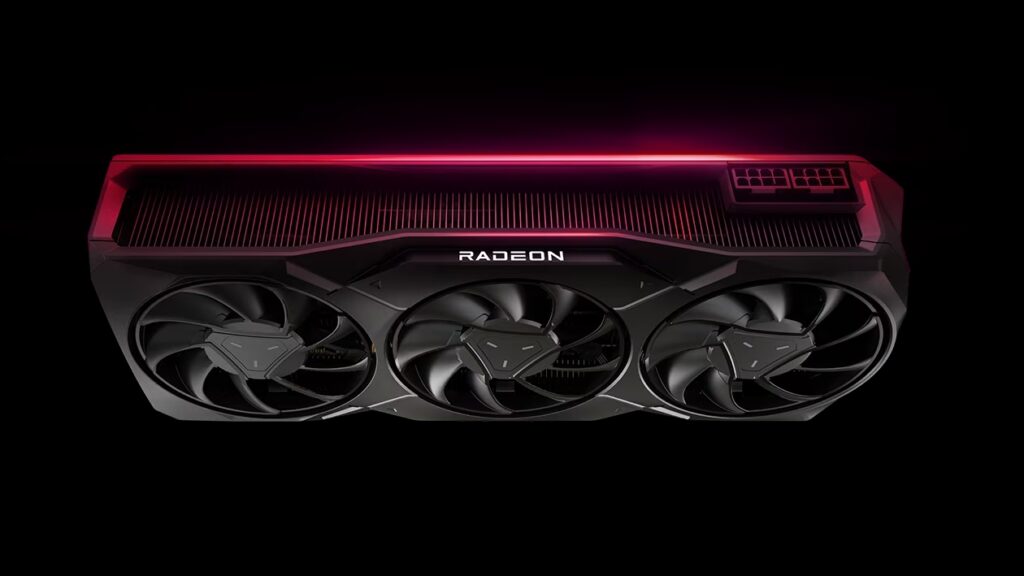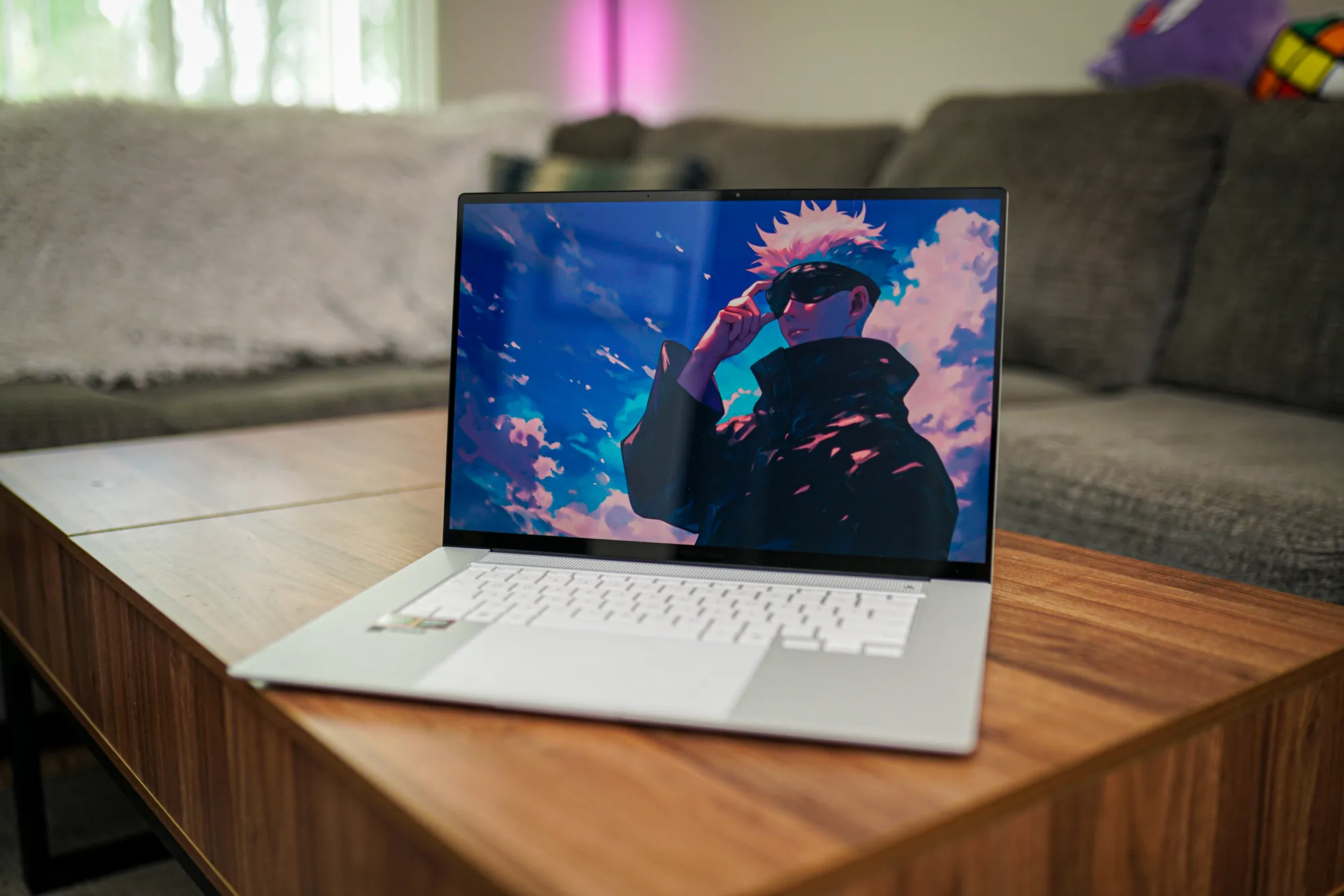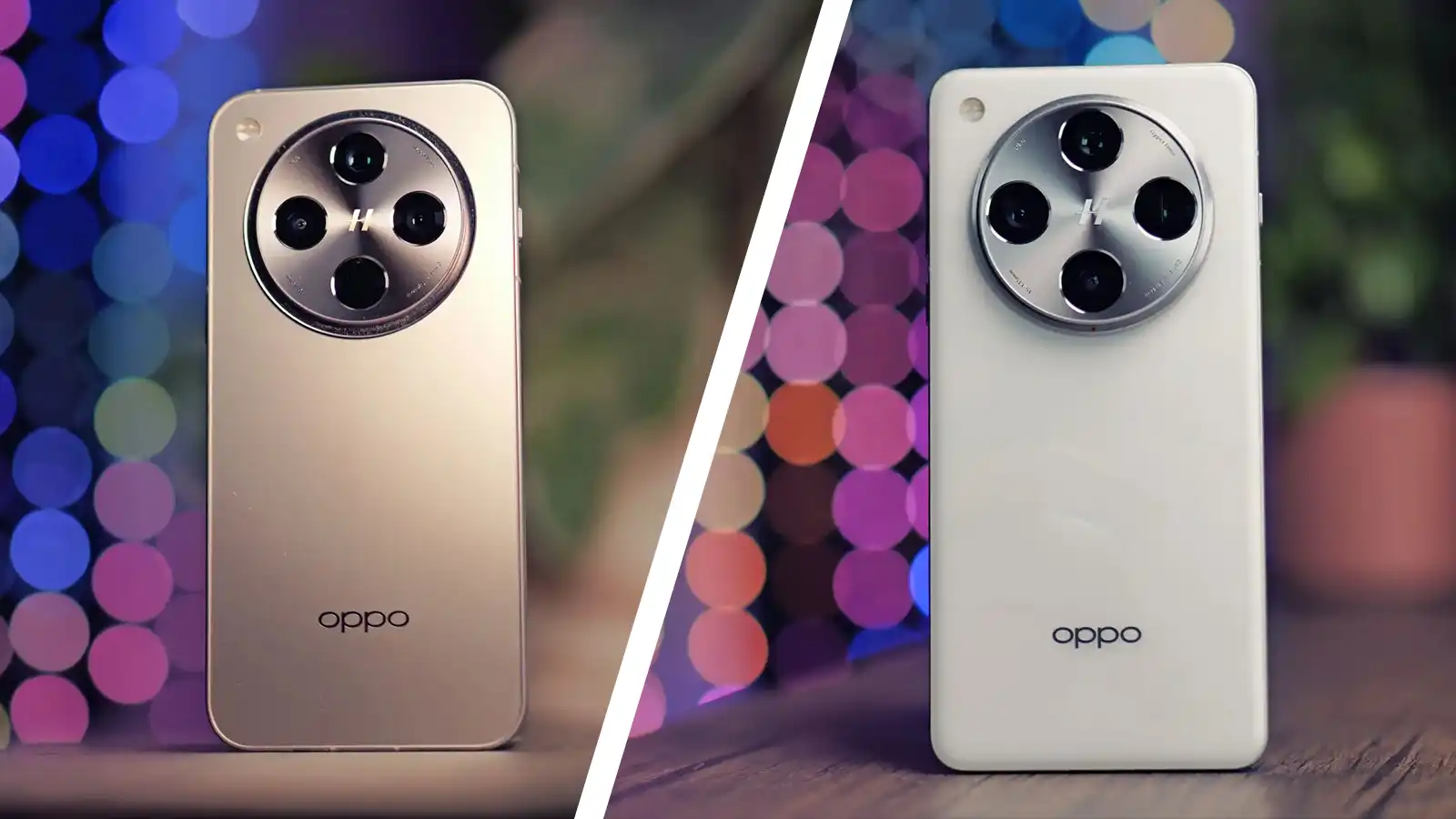
AMD has introduced an early version of its new AI-powered technology, AMD Fluid Motion Frames 2 (AFMF2), designed to generate additional frames per second for gamers using laptops equipped with AMD Ryzen AI 300 processors. The result? A significant boost in frame rates, with gains ranging from 30 to 40 percent in some cases. For example, AMD reports that in Cyberpunk 2077 (1080p, Low settings, Balanced FSR), frame rates could jump from 56 FPS to roughly 100 FPS using AFMF2. This cutting-edge technology is currently available as a technical preview and will be integrated into AMD’s Adrenalin Edition software at a future date.
AFMF2 is the next evolution of AMD’s AFMF tech, first introduced earlier this year. The Adrenalin Edition suite already includes tools such as Radeon Super Resolution, which upscales game frames to approximate higher resolutions. AFMF2 specifically targets frame rate improvements by leveraging AI to create extra frames in between the ones traditionally rendered by the GPU. This technology enhances smoothness in gameplay, making it feel like you’re running a more powerful system. These features, bundled within AMD’s HYPR-RX profiles, elevate the overall gaming experience.
What’s new is the addition of Variable Graphics Memory (VGM), a feature that allows laptops to reallocate as much as 75% of system memory to act as dedicated VRAM. In systems with more RAM—say, 32GB—this means a substantial increase in VRAM, from 512MB to up to 8GB on a Radeon 890M system, greatly boosting graphics performance. However, gamers will need to manually enable VGM through the Adrenalin app’s tuning settings, with options to set it to Low, Medium, or High to unlock its full potential.
While AFMF2 and VGM can’t perform miracles, AMD recommends tuning games to reach at least 50 FPS before letting AFMF2 push performance further. The improvements will vary depending on the game and system, but the gains are impressive. In tests comparing two AI 9 HX 370 systems, one with AFMF2/VGM enabled and one without, frame rates increased significantly. This boost carried over from 1080p gaming to higher resolutions like 2,880×1,800, further enhancing older titles.
It’s worth noting that Nvidia offers similar AI-driven enhancements through DLSS 3, though it requires dedicated Nvidia graphics hardware. In contrast, AMD’s AFMF2 can work with integrated graphics, making it a more flexible option for gamers looking to upgrade their performance without a dedicated GPU.




